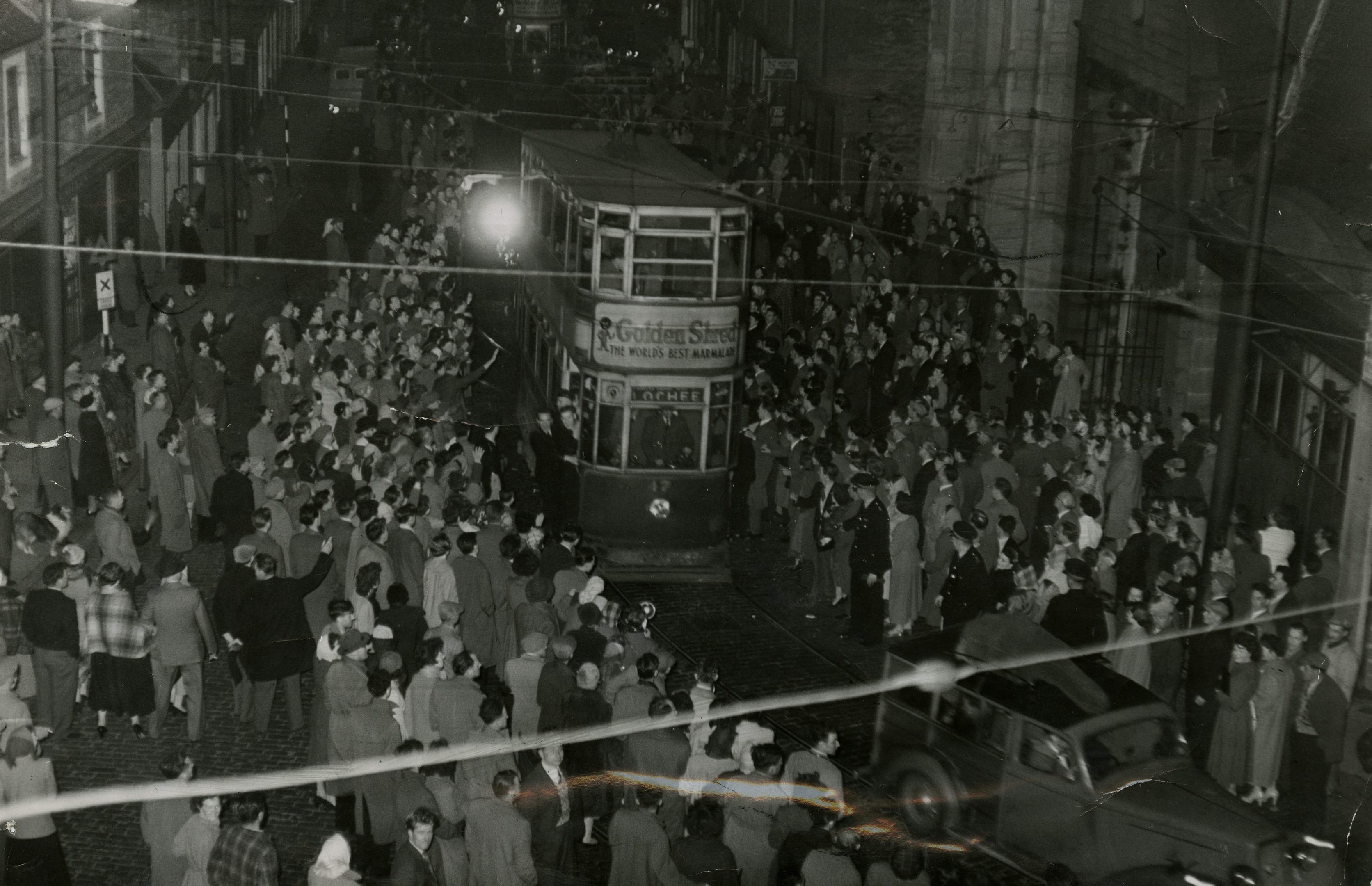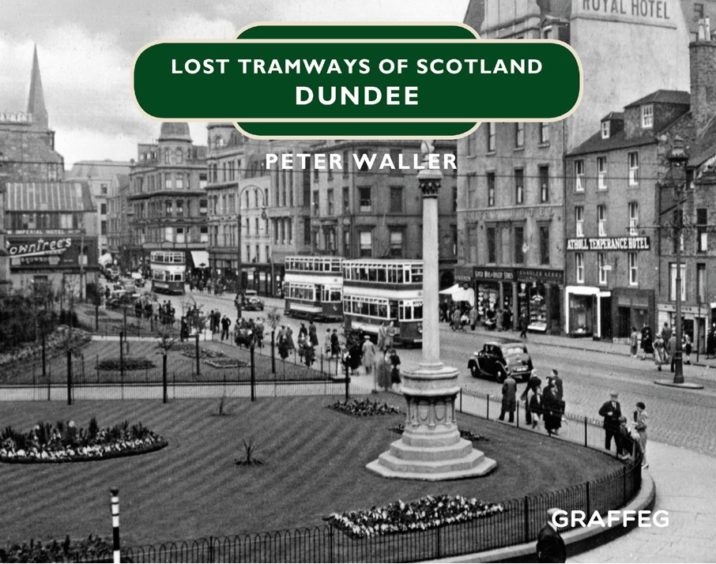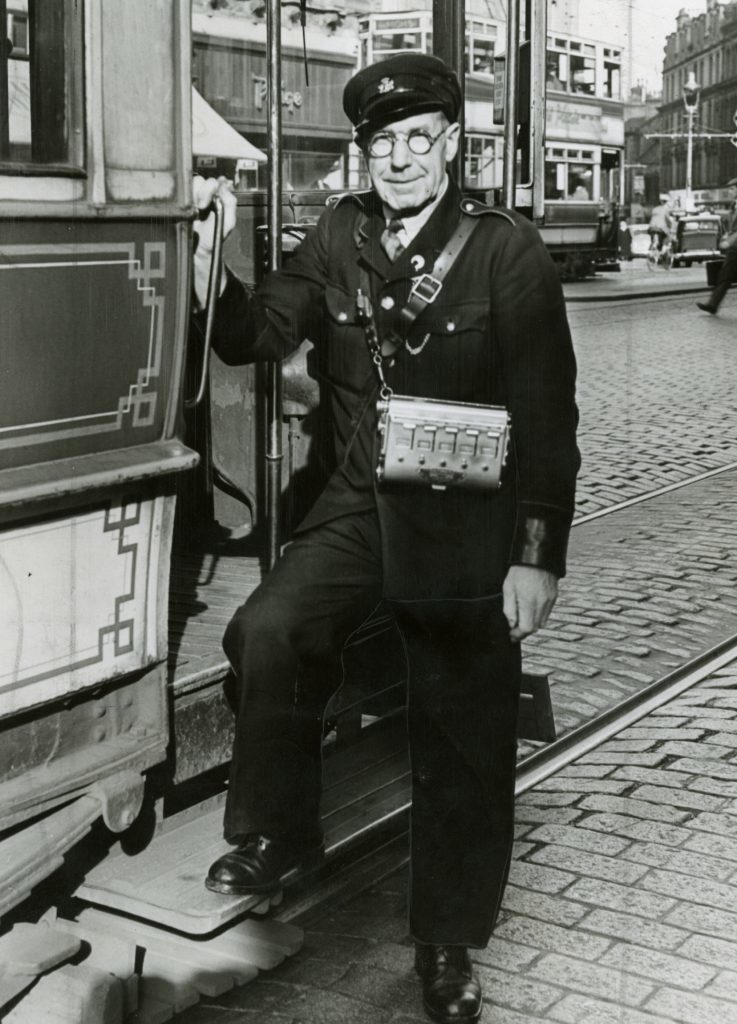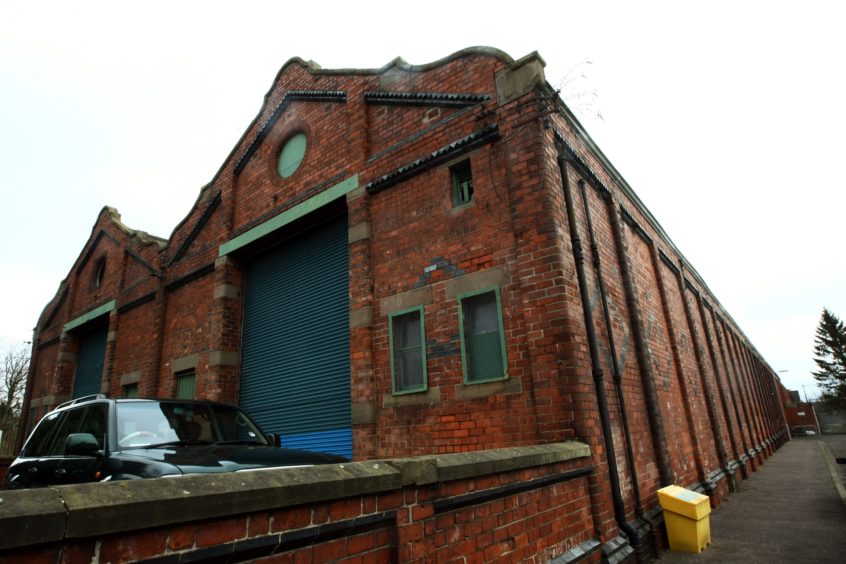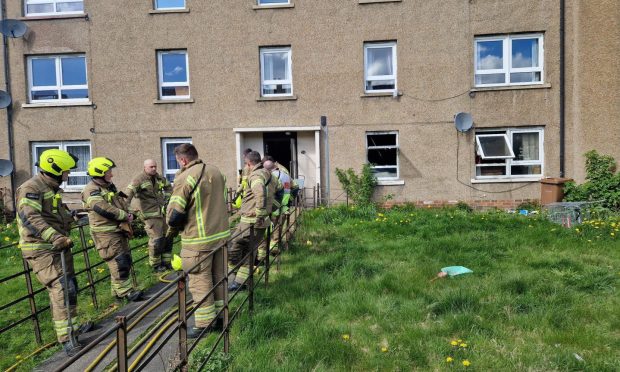The golden age of Dundee’s trams is being remembered in a new publication.
Lost Tramways of Scotland: Dundee will be published on February 20 and features more than 40 images from the network, which once extended to places such as Downfield, Maryfield, Lochee and Ninewells.
The last trams in the city were taken out of service in October 1956, ending a near-80 year run.
More than 5,000 people witnessed Car No. 23’s final journey from Maryfield to the Lochee depot, accompanied by the moving strains of We’re No Awa’ Tae Bide Awa’ and Will Ye No Come Back Again.
Author Peter Waller, has been writing and publishing on transport history for over two decades.
He said the book provided a visual glimpse into the social history of the city from the late 19th to the mid-20th centuries.
Mr Waller said: “Dundee was widely considered to be one of the more secure services in the British Isles.
“The system’s Achilles’ heel was, however, the age of the fleet.”
The first horse-drawn tram route in Dundee opened in 1877 and went from Perth Road/Windsor Street to Reform Street.
By 1880 the operator, Dundee and District Tramways Company, opened routes to Lochee, Stobswell and Baxter Park, which were all key areas of the large manufacturers in the city.
The system had its limitations, not least due to the costs of keeping the horses and the hilly terrain.
A service of electric cars was launched on the Perth Road route in June 1900 and by 1902 both horse and steam trams across the city were replaced.
Over the decades, the tram routes were extended in line with the expansion of the city and the peak of the network was in the 1930s when 79 tramways were in operation.
By 1951 many of the trams had not been updated and at least a third of the stock was more than 50 years old. The city limits had also extended beyond that of the tram route and it was decided the future of public transport in Dundee lay with buses.
Transport consultant Colonel R McCreary advocated abandoning the tramway system on October 20 1956, Car 23 made its emotional final trip.
All of the remaining cars were reduced to scrap by burning.
Mr Waller said the book included a wealth of original photographs from the collection of the Online Transport Archive, many appearing in print for the first time.
The title also features coverage of tram models and manufacturers, daily operation and the history of the network.
It is part of Graffeg’s Lost Tramways series documenting how such systems developed, how they served and affected their communities, and how their growth typically ran alongside the progress of an expanding and modernising city.
Tram driver was nicknamed the Flying Scotsman
All the way through two world wars the trams took people to work, to the shops, to the football.
But by the 1950s they were starting to get old and their network of lines had been outgrown by the developing city.
Despite being profitable to run, the tram system was seen as outdated and the last tram ran from Maryfield to Lochee in October 1956.
Thousands of people turned out to bid the rattling, swaying old coaches farewell.
They witnessed Car No. 23’s final journey to the Lochee depot, accompanied by the moving strains of We’re No Awa’ Tae Bide Awa’ and Will Ye No Come Back Again.
It was supposed to set off from the city centre before midnight, but it was delayed by over an hour on the way to Lochee by the crowds who turned out to see it.
Armed with little more than the occasional penknife, the onlookers ripped, tore, tugged and hewed the interior of the tram in their frenzied quest for a souvenir.
There were even stories of people getting on to the cars and removing the windscreen wipers while the tram was still trying to get up the hill.
Driver David Bates reportedly said: “Ah well, that’s that.
“Ready to start in the bus driving school in the morning.”
The Lochee tram route was one of the most interesting, partly because it was so hilly, and partly because of the characters who either travelled the route or drove the trams.
The route, from Reform Street, via Ward Road and Lochee Road to Lochee High Street, was two miles long.
Drivers were allowed 18 minutes to get there and 14 minutes back.
Late at night, though, when there were no inspectors around, some of the drivers let rip and speeds of 45 miles an hour opposite Dudhope Park were achieved.
So successful was one of the drivers that he was nicknamed the Flying Scotsman.
